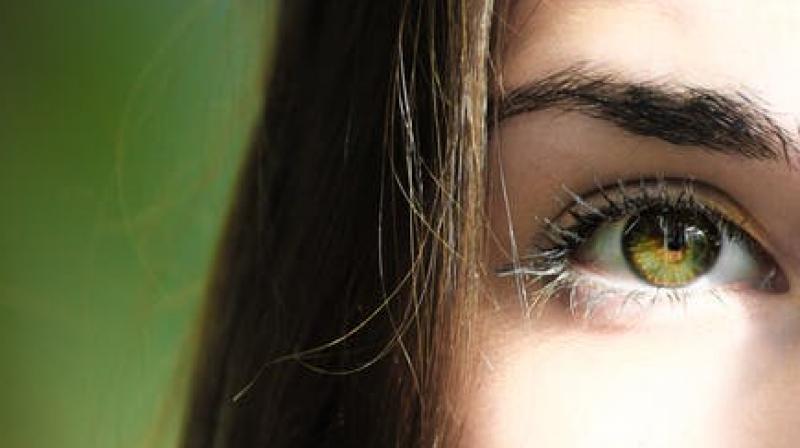Retina Vs Cataract: Diseases related to back-of-the-eye are least known
Here is how you can take care of your eyes before it is too late.

People are either misinformed or lack of knowledge that eye disorders can occur due to various factors. According to a global study, the annual number of new cases of blindness and low vision among people aged 45 years and older is estimated to double during the next 30 years. By 2020 the blind population in India is estimated to grow by 15 million.
Eye disorders are the most prevalent amongst the elderly population not only in India but worldwide. Contrary to the popular notion, there is an urgent need to draw the attention of patients and caregivers that eye diseases, especially amongst those belonging to the age group of 60 and above, need not compulsorily be cataract or poor vision it might also be a retinal disorder like Age-related Macular Degeneration also known as AMD.
A cataract is the clouding in the eye's natural lens. Cataracts can develop slowly and can affect one or both eyes. In contrast to this, retinal diseases are caused due to deterioration of the light-sensing tissue that resides in the back of the eye. This affects the central vision of a person. A healthy retina is essential to read, drive, or see fine details.
Difference between AMD and Cataract
- Having cataracts makes you feel that you are looking through a cloudy window. Patients experience blurred vision, inability to see in dim light, seeing halos around lights, or vision loss
- While AMD patients experience blurred or fuzzy vision, the point of differentiation is the experience of seeing straight lines that appear wavy or crooked. AMD patients also experience a decrease in contrast or colour sensitivity. They have difficulty seeing objects at a distance. Also, they may have a blind spot in the centre of vision
The Vitreo Retina Society of India (VRSI), the apex body of Ophthalmologists and retina experts across the country have raised concern that retinal diseases are one of the biggest causes of chronic blindness in the country. One of the most prevalent retinal diseases, especially amongst the older population, is Age-related Macular Degeneration (AMD).
The early detection of AMD is necessary as this increases the possibility of preventing vision loss. The treatments can prove more effective if AMD is diagnosed early. While it is an irreversible disease through effective treatment AMD patients can achieve halt in the disease progression and improved vision. For this purpose, it is essential that patients visit the disease expert instead of the optometrist.
Dr Raja Narayanan, Hon. Secretary of VRSI & Head of Clinical Research, L.V. Prasad Eye Institute, Hyderabad, “Low awareness about symptoms leads to delay in diagnosis of retinal diseases. For instance, the symptoms of AMD are often confused with signs of old age, which leads to worsening of the disease before treatment could be administered to patients. There is an urgent need to prioritise eye health in the public domain and encourage people to seek expert advice as early as possible.”
Some of the treatment options available in India are laser photocoagulation, anti-VEGF (Vascular Endothelial Growth Factor) injections and combination therapy, which include laser and anti-VEGF treatment. Patients need to be alert in recognising early signs and symptoms of retinal diseases and are advised to visit an Ophthalmologist or a Retina expert in every six months.

